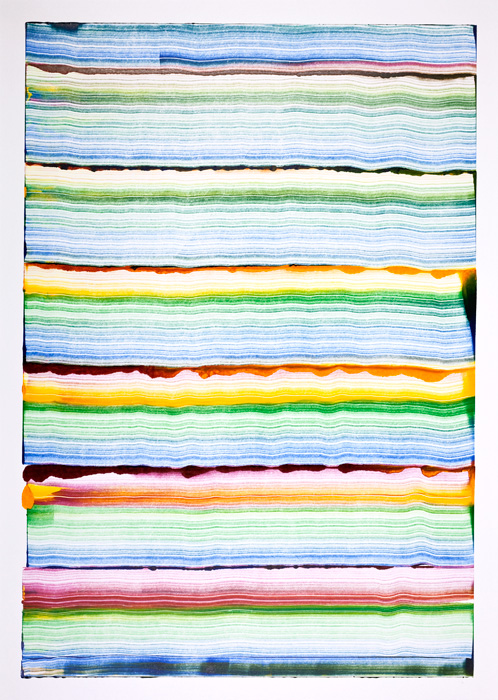
Roundtable
Artists and Extreme Events: March ’92 Bombay / September ’01 New York
Mar 14, 2005
6:00–8:00pm ET
The New School, Conference Room
“Progress and catastrophe are the opposite faces of the same coin.”
—Hannah Arendt
A Roundtable Discussion on How Acts of Unprecedented Violence Tear a City’s Fabric Cities have been the focus of societal upheavals since the dawn of human history, and the twentieth century was no exception. Urban catastrophes in this bloodiest of centuries disrupted and destroyed their conviviality, their security as places of dwelling and commerce. Cities continue to be the object and subject of extreme events—bomb blasts, forced mass movements of minorities and the poor, and catastrophic accidents resulting from careless juxtaposition of residential and industrial structures, such as petrochemical and nuclear plants or waste management facilities. Chernobyl, Bhopal, and Toulouse are such cities. As these urban catastrophes get repeated in ever-changing variations, how are we to understand these patterns?
This roundtable discussion draws on the recent experiences of two metropolises, Mumbai (formerly Bombay) and New York. In March of 1992, Mumbai suffered bomb blasts after the demolition of a mosque by militant Hindus in northern India. On September 11th, 2001, New York City experienced the destruction of the World Trade Center Towers and the death of thousands.
Mumbai-and New York-based artists reflect on these urban catastrophes and the ways they impinge on their work.
Session I
6:00 p.m. – 7:00 p.m.
“Cracks in Mondrian”
Artist Atul Dodiya in conversation with anthropologist Vyjayanthi Rao (New School University)
Session II
7:00 p.m. – 7:15 p.m.
“The Cities Blotted into Wilderness: Adrienne Rich After Ghalib ”
Presentation by artist Zarina Hashmi
Session III
7:15 p.m. – 8:00 p.m.
Artist Julian LaVerdiere, co-creator of the “Towers of Light” that illuminated the WTC site post 9/11, in conversation with Tom Finkelpearl, Director, Queens Museum of Art
The panel is co-sponsored by The South Asia Forum and The Vera List Center for Art and Politics at The New School.